Dunu SA6II - The legacy continues
When approached by enthusiasts who have bitten the IEM bug, I always suggest exploring the “mid-fi” market. Typically priced around $500, these IEMs are truly high-end products that offer longevity and stability, unlike products from fast-paced $50 IEM market flooded with hype trains. Moreover, mid-fi IEMs are not exorbitantly expensive like the top-of-the-line models.
The original Dunu SA6, a definitive mid-fi IEM, has been a staple since its 2020 release. However, times have changed. Can the newly launched Dunu SA6 MkII live up to its predecessor’s legacy?
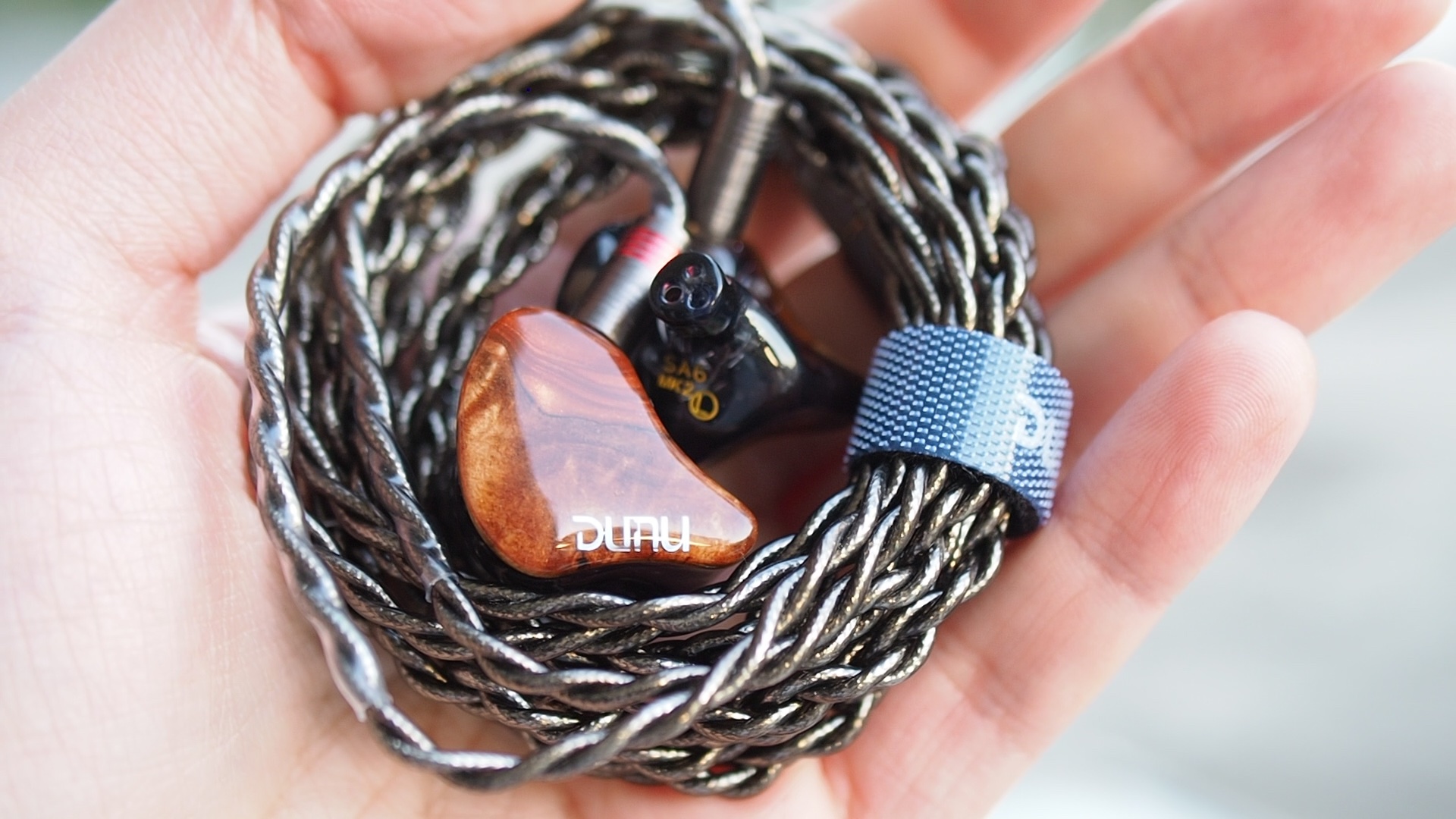
Forewords
- What I look for in an IEM is immersion. I want to feel the orchestra around me, track individual instruments, and hear all of their textures and details. I’m not picky about tonality, as long as it does not get in the way of immersion.
- I rate IEMs within with a consistent scale from 1 (poor) to 3 (Adequate) to 5 (outstanding). Ratings are assigned by A/B tests against benchmark IEMs, regardless of the retail price.
- Ranking list and measurement database are on my IEM review blog.
- I purchased this unit at a discount from HifiGo for the review. I have no affiliation with or financial interest in Dunu or Hifigo. The unit retails for $579 at the time this review was published. You can find out more info and get yourself a unit from Hifigo.
Source chains for listening tests:
- Reference Chain: iPad -> Venture Electronic Megatron -> Topping G5 (for all A/B tests)
- Portable Setup: Shanling M6 Ultra
- Dongle: FiiO KA3
Local FLAC files ripped from CDs or bought from Qobuz were used for most casual listening and A/B tests. My playlist for A/B tests can be found on Apple Music here.
All of my listening was done with Spin Fit CP145 or W1 ear tips. I listen at a medium volume. I usually turn up the volume until the midrange is fully audible and detailed, unless a treble peak or overwhelming bass prevents me from doing so.
Specs
- Driver: 2 Sonion Vented Woofers + 2 Knowles custom midrange drivers + 2 Knowles custom dual tweeters
- Connector Type: 2-pin
- Impedance: 24 ohm @ 1kHz
- Sensitivity: 114dB @ 1kHz
Build and Comfort
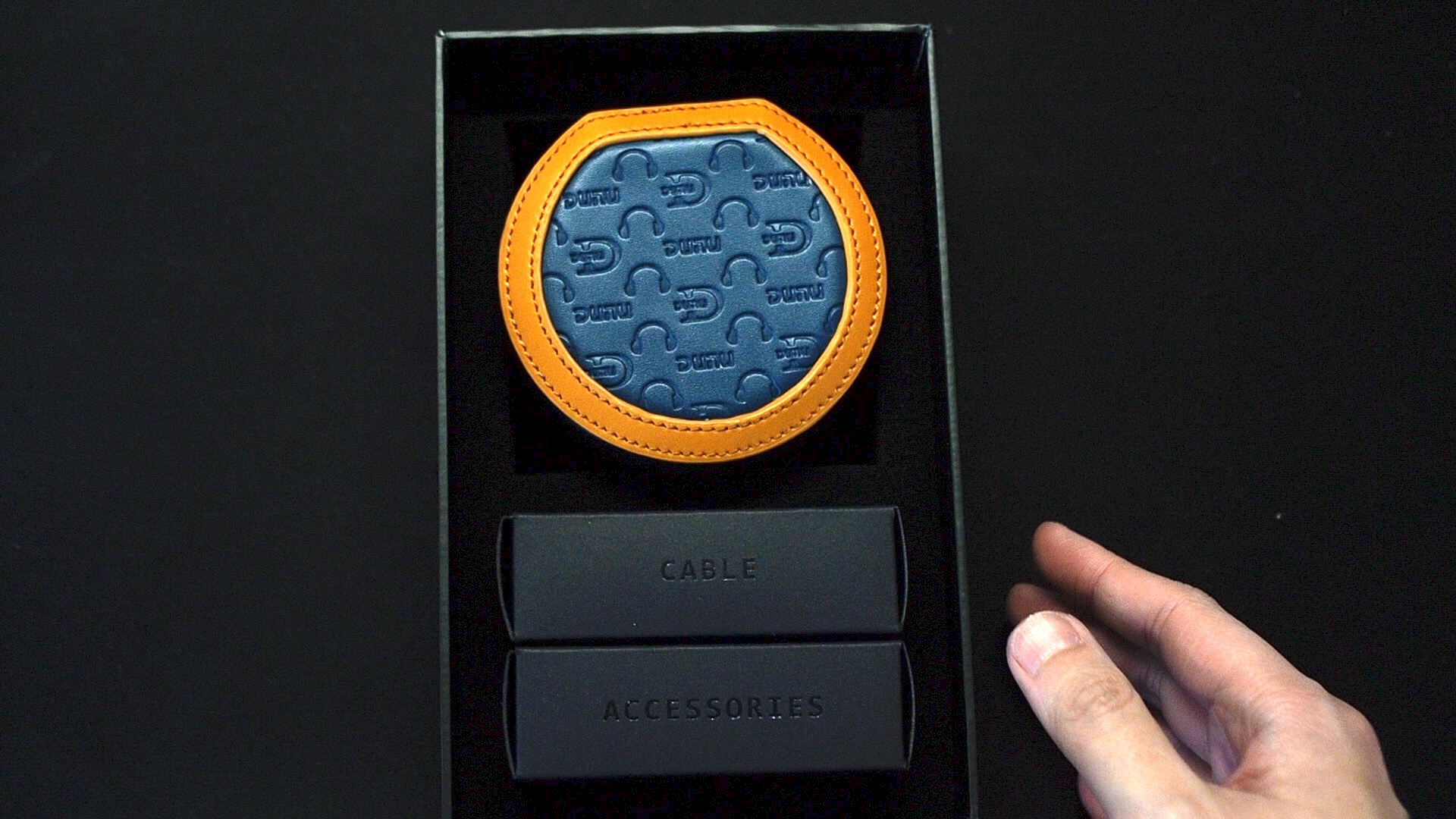
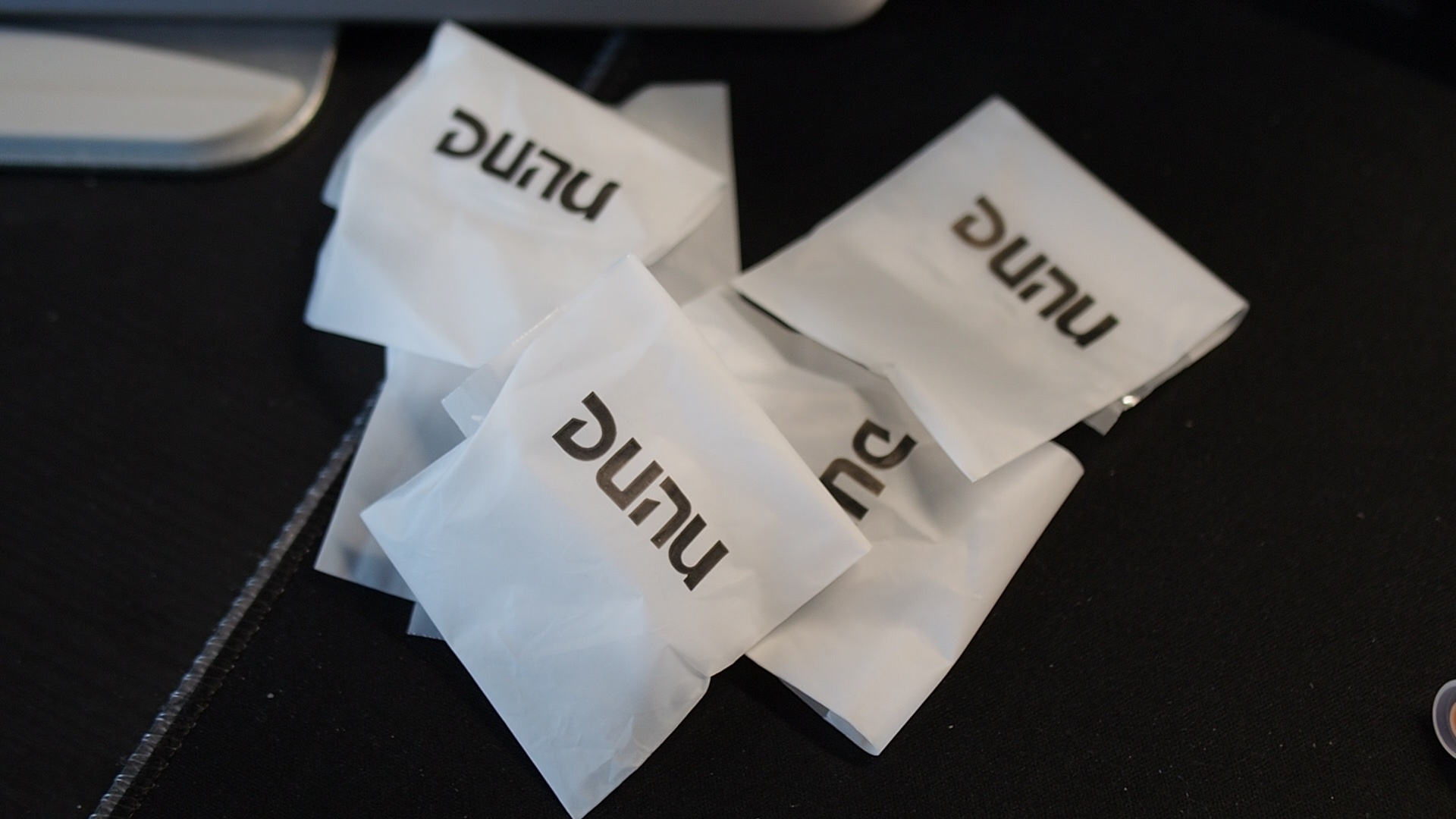
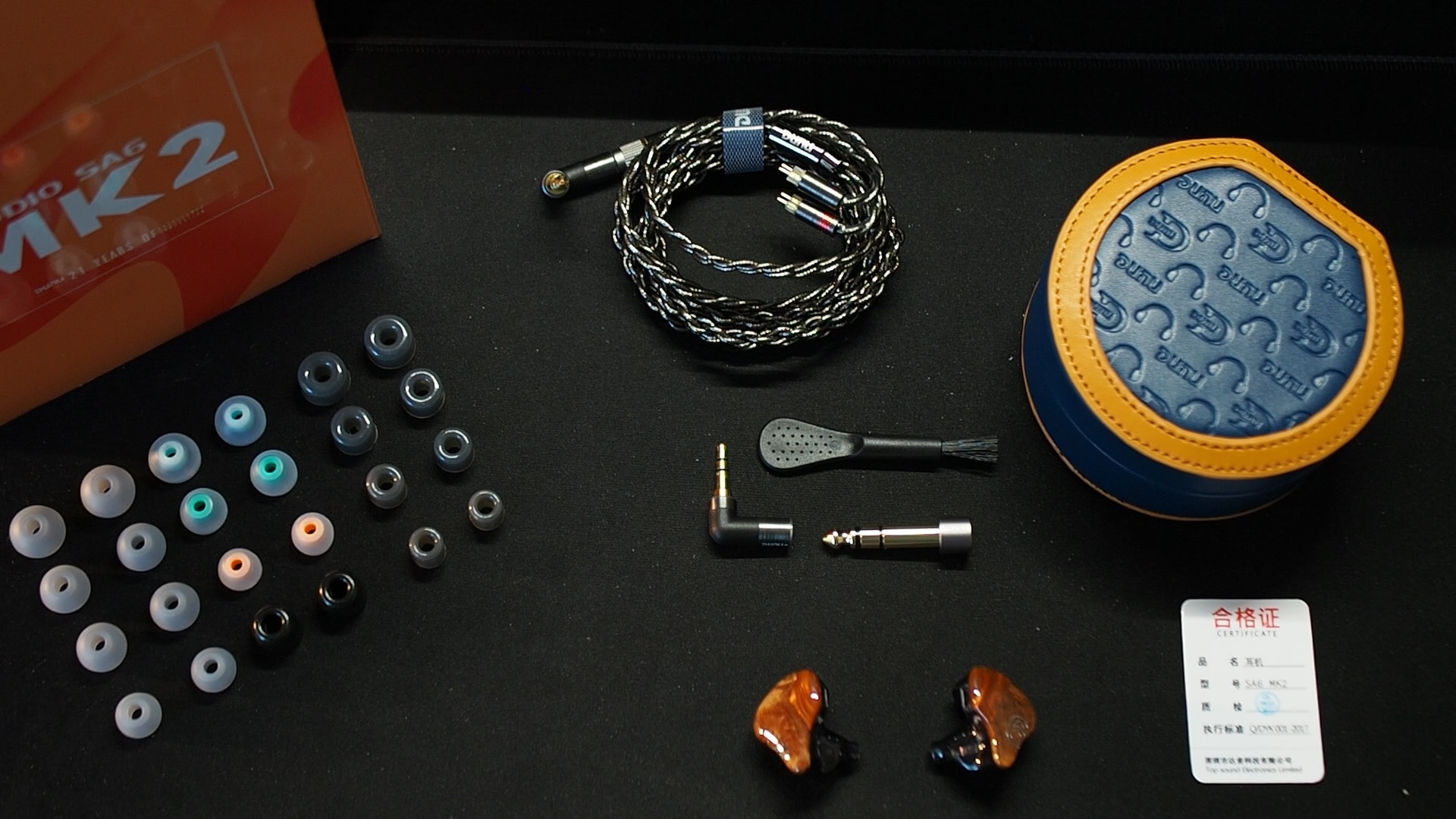
The included accessories of the SA6II are practical and abundant. It provides four types of ear tips, including foam and silicone options, along with Dunu’s candy ear tips and S&S ear tips. The carrying case stands out with its custom design and snap open lid, making it a unique addition.
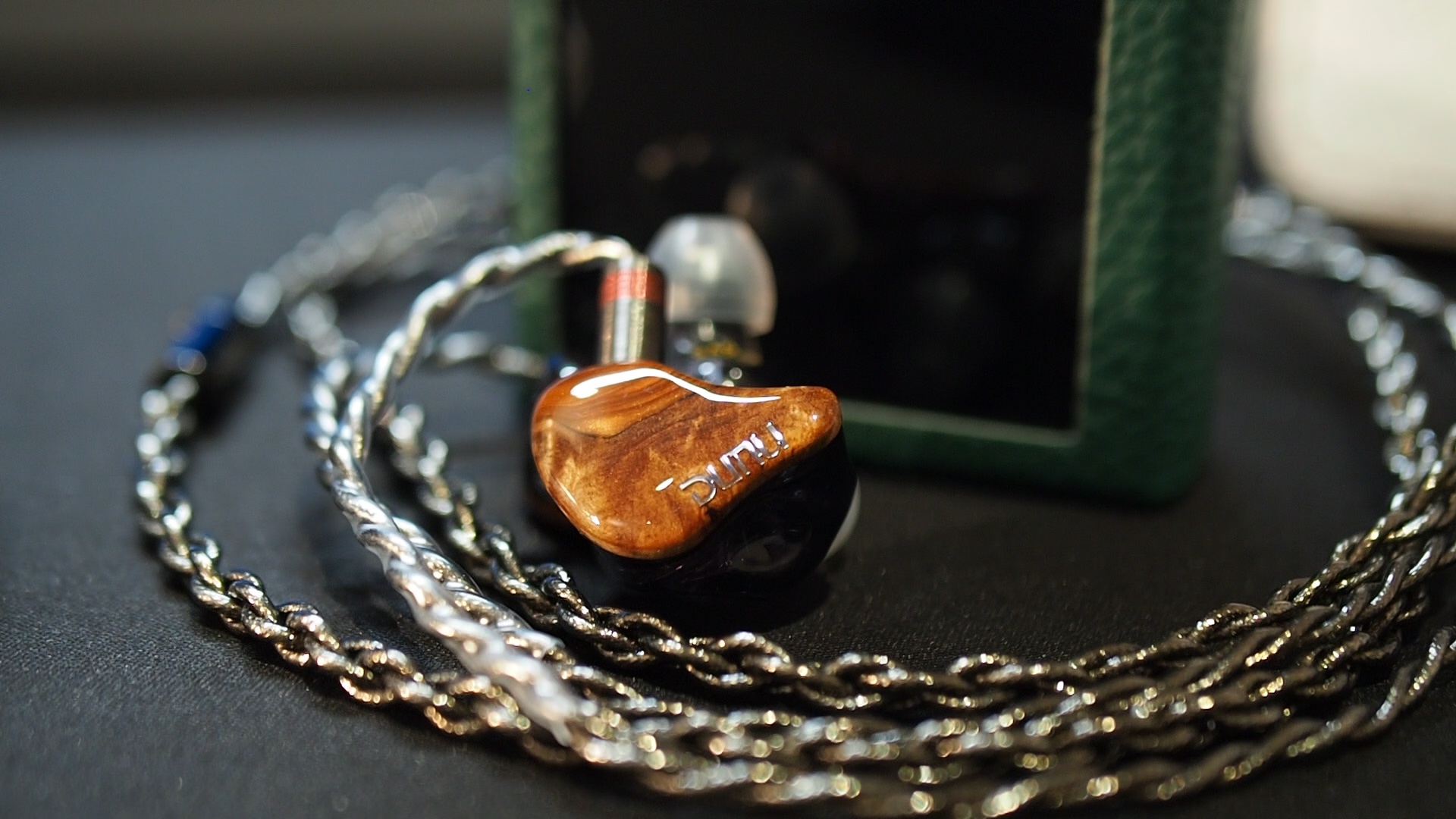
The SA6II comes with Dunu’s Hulk Pro Mini cable. The star feature of the cable is the Q-Lock, Dunu’s swappable plug system. The package contains both 3.5mm and 4.4mm plugs, designed with an elbow joint to prevent protrusion from audio sources, reducing the risk of damage. However, it’s worth noting that the cable that came with my unit is somewhat stiff, which doesn’t impact comfort or handling but makes it harder to lie flat.
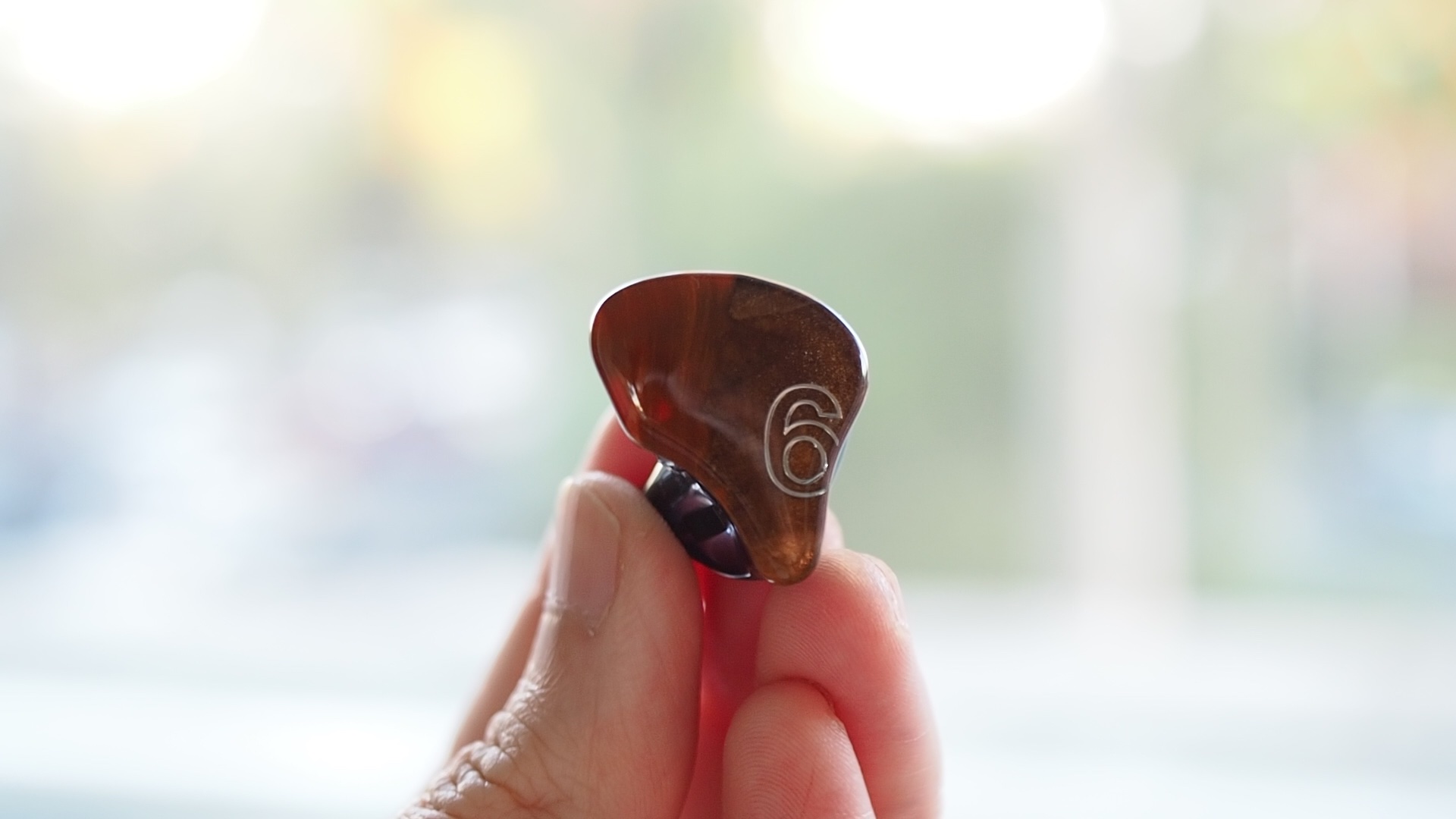
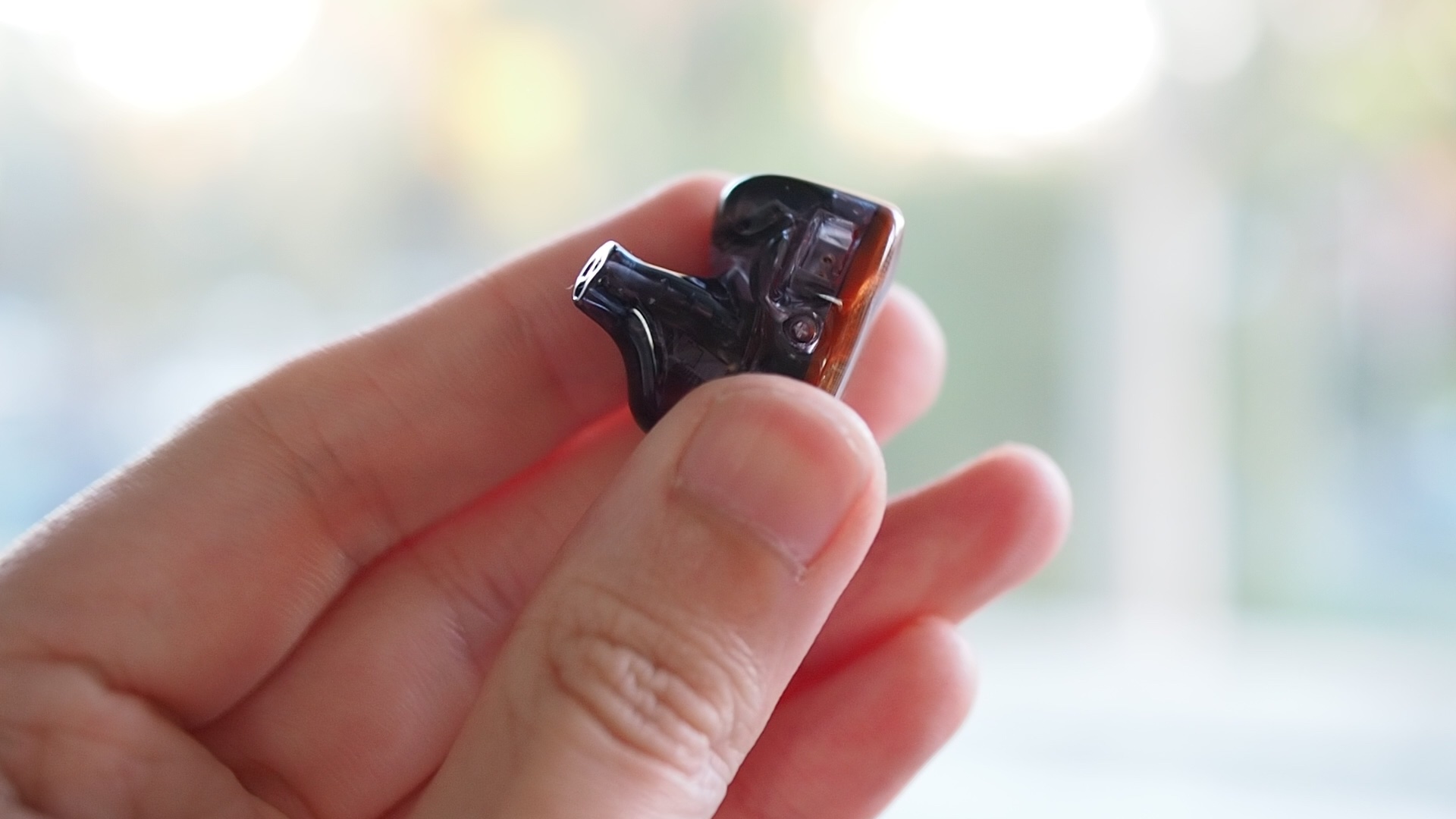
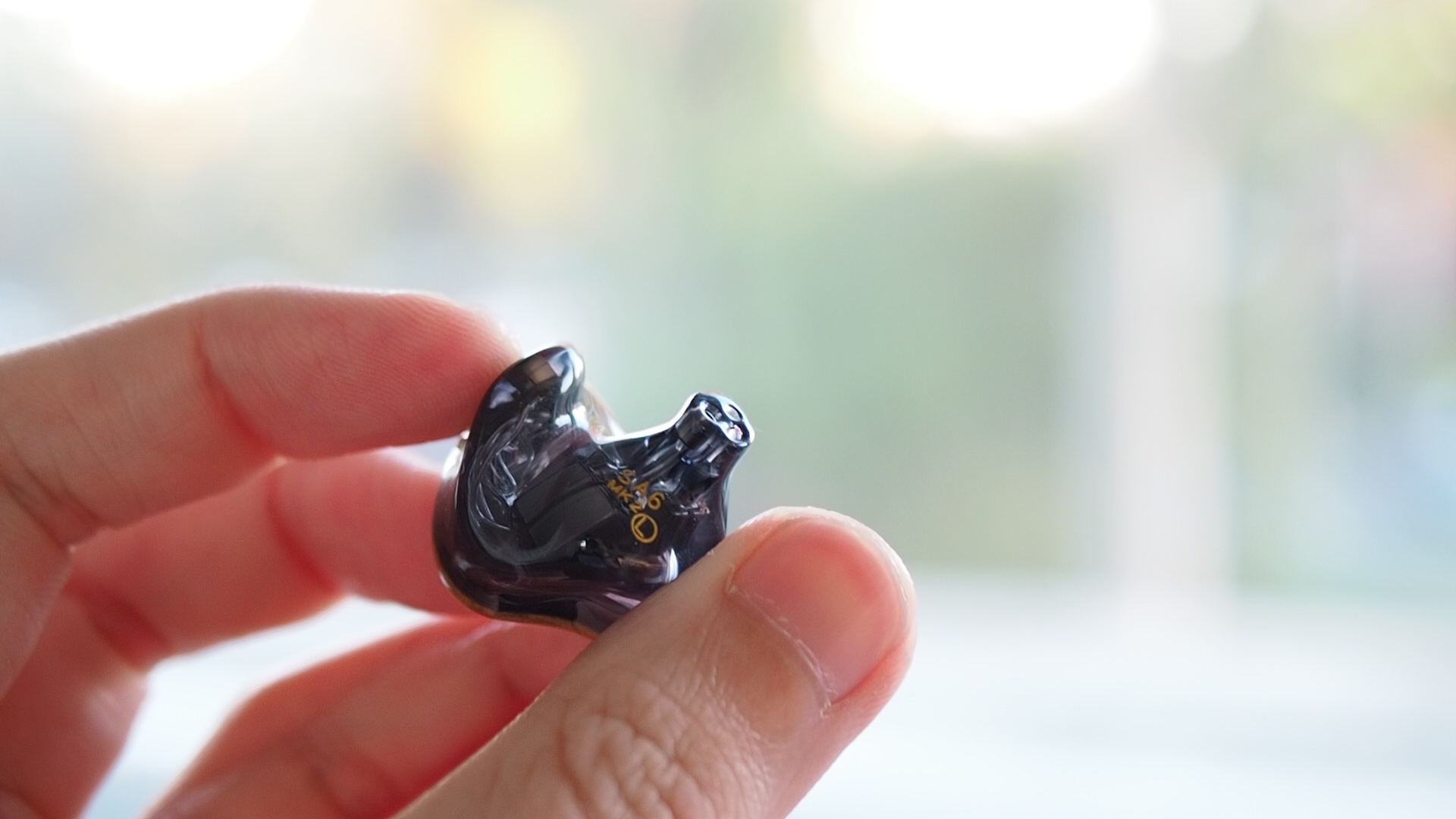
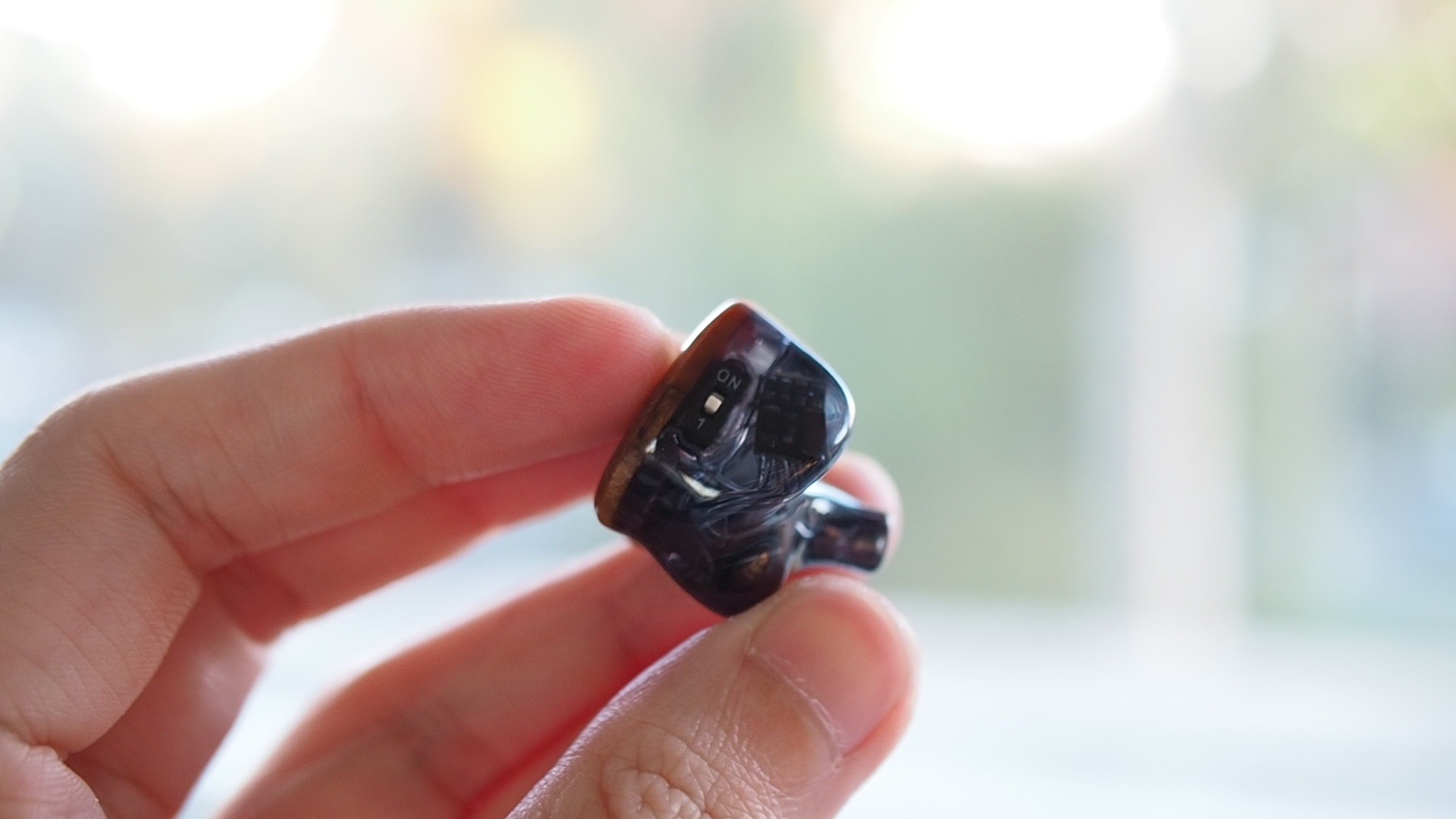
Crafted from resin, the earpieces of the SA6II are lightweight. The recessed 2-pin connectors are protected by the shells. The design of the earpieces resembles that of custom IEMs, featuring larger faceplates and more curvature on the surfaces that come into contact with the ears. The nozzles have an average size. The faceplates exhibit a unique combination of wood and resin, resulting in a distinct appearance for each SA6II unit.
In terms of comfort, the SA6II offer a pleasant experience. The contours on the shells provide a secure fit in the ears, while the vents prevent pressure build-up during extended listening sessions. The noise isolation is satisfactory for everyday use, such as bus rides or outdoor walks.
Tonality
Frequency response of Dunu SA6II against the Harman in-ear target. Measurements were done with an IEC-711-compliant coupler and might only be compared with other measurements from this same coupler. Visit my graph database for more comparisons.
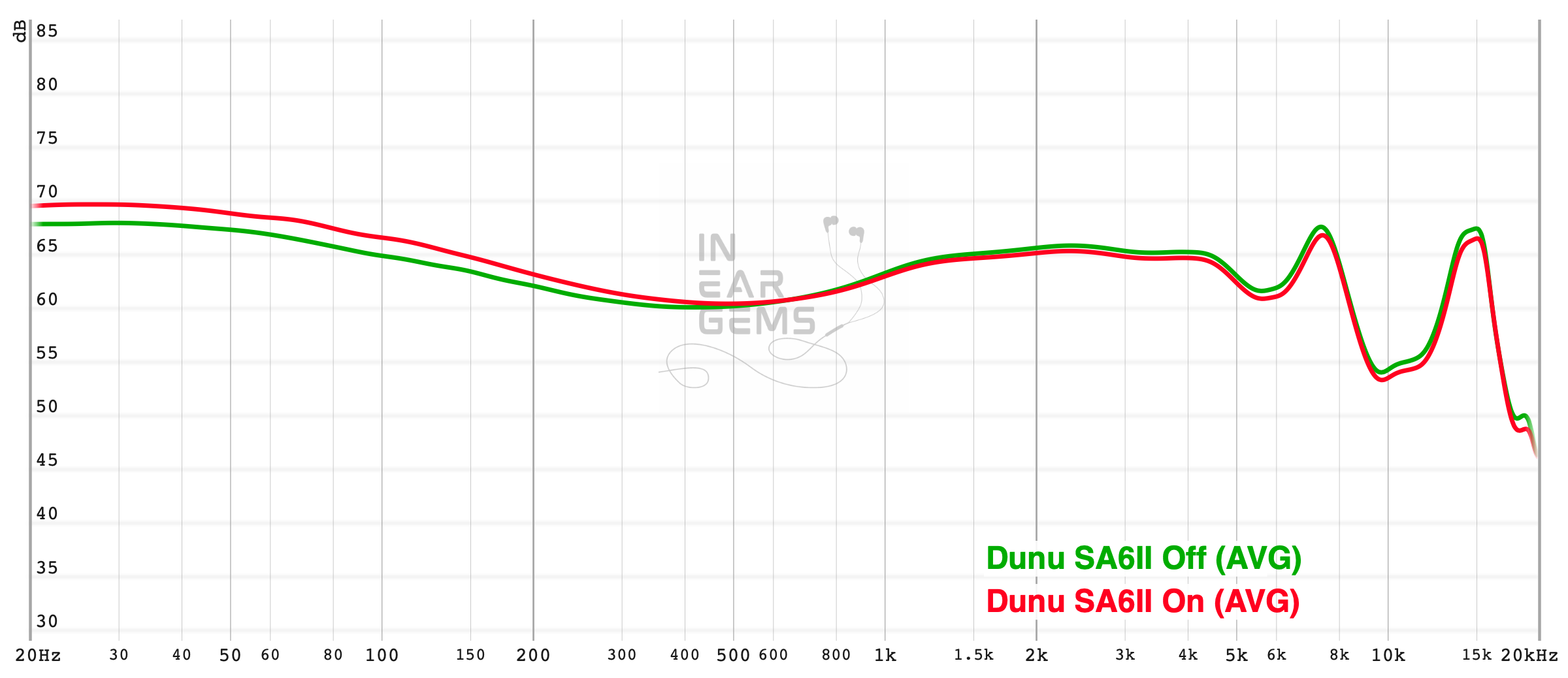
Tonality or “tuning” is where objectivity and subjectivity meet. Objectivity exists in the squiggly lines above, called Frequency Response (FR) graphs. They are created by sweeping a signal from 20Hz to 20kHz and measuring the corresponding loudness coming from an IEM. Unless a human operator deliberately tampers with the microphone or the data, FR does not care about the price or prestige of an IEM and, therefore, is “objective.”
However, human listeners are not microphones. Our ears and brain interpret the sound and decide whether it is “enjoyable.” It is also beneficial to remember that when you play a note on a musical instrument, multiple sounds (fundamental and harmonic) appear simultaneously and mix together. Achieving a life-like balance between frequencies and adding a tasteful amount of imbalance (“colouring the sound”) is the hallmark of an excellent tonality.
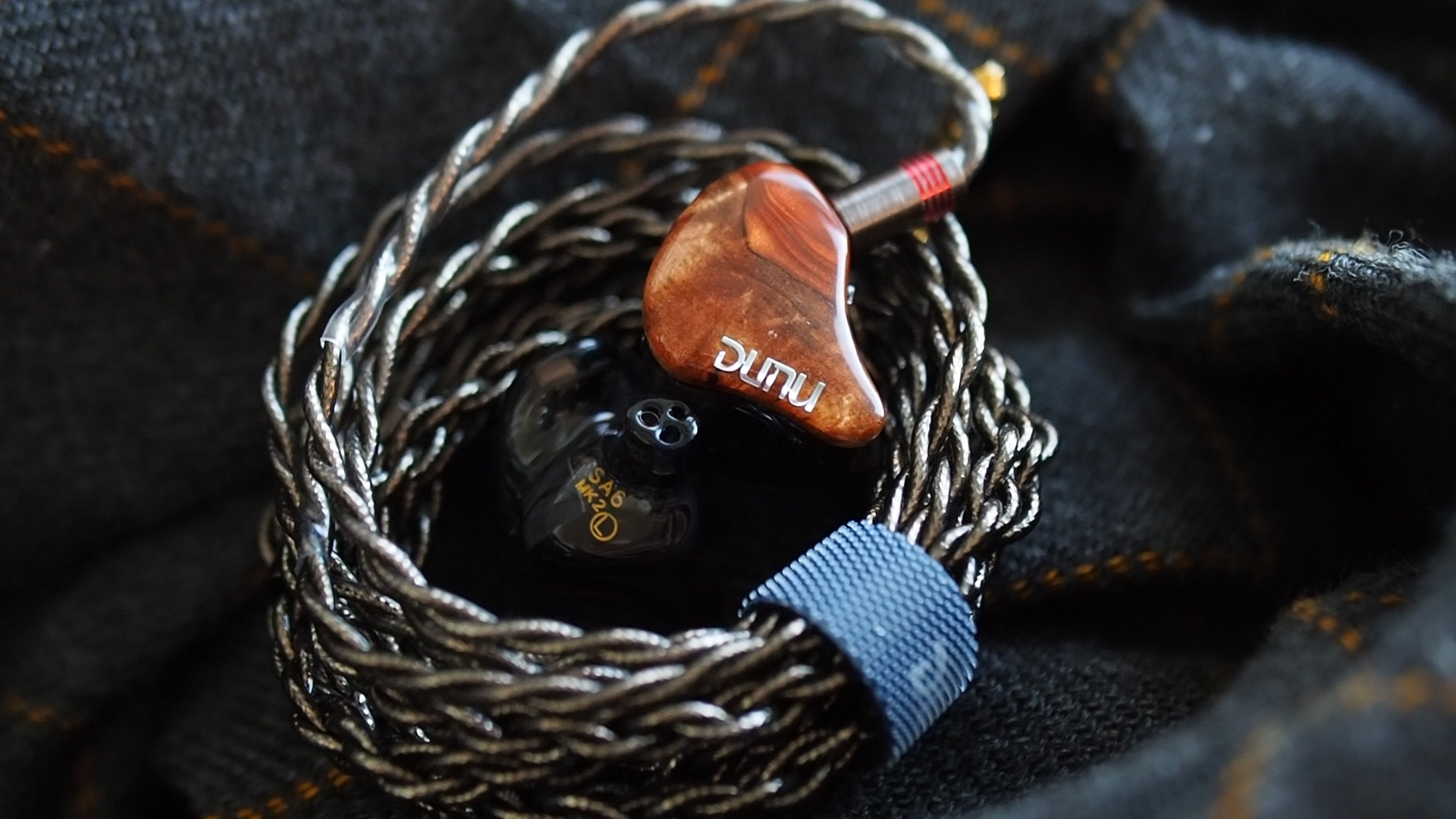
Sound signature: Describing the tonality of the SA6II is a difficult task as it aims for a natural sound and does not have significant weaknesses. The IEM offers two tuning modes: default and atmospheric. In the default mode, the sound signature takes on a W-shape, emphasizing bass, midrange, and treble with dips to separate them. Personally, I find the default mode slightly uncanny due to the way vocals and instruments are placed unnaturally closed to me, which results from boosts around 1kHz and 1.5kHz.
The atmospheric mode of the SA6II addresses this issue by pulling back the midrange frequencies, creating a U-shaped sound signature. This shift reduces the impact of the problematic boost, resulting in vocals and instruments feeling more natural and well-placed. The SA6II retains the famous “sibilance dip” at 6kHz from its predecessor, effectively reducing harshness and creating a smoother listening experience. The energy in the 8kHz region remains intact, ensuring sufficient presence of cymbals and hi-hats in the music. Additionally, the treble air region of the SA6II has improved compared to the original SA6, enhancing the sense of soundstage and spaciousness.
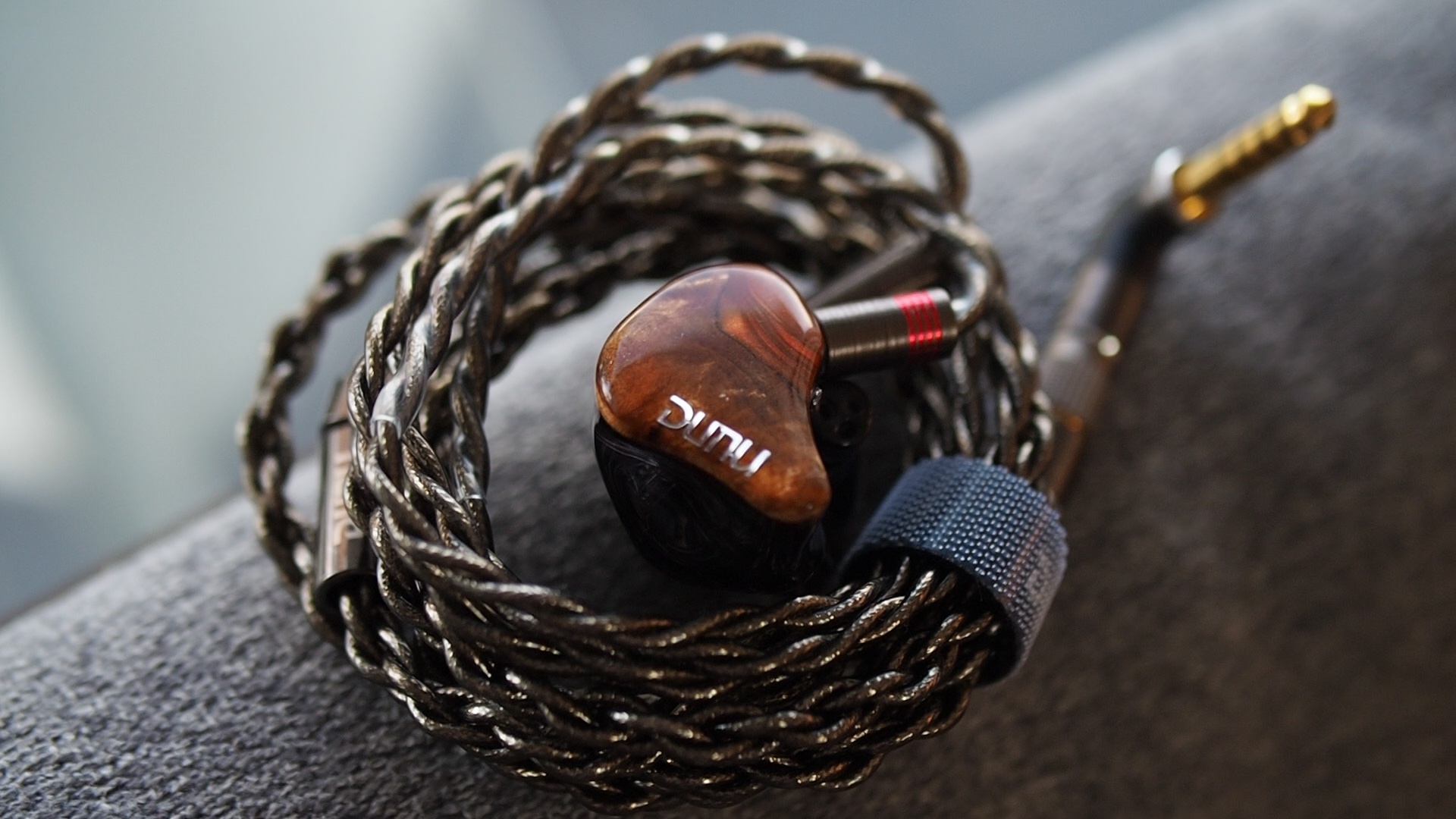
Female vocal (Rasputin cover by Aurora) The SA6II takes a more integrated approach with female vocals like Aurora’s, blending them within the music rather than emphasizing them above the rest of the band. Unlike IEMs tuned towards a Harman or diffused field target, the SA6II places greater emphasis on the fundamental frequencies of female vocals. However, it still adequately highlights the upper midrange region around 1kHz and 3kHz, resulting in weightier and warmer female vocals without sacrificing clarity. This presentation is highly musical. The SA6II doesn’t boost the upper midrange as much as other IEMs, which means female vocals aren’t overly shouty or in-your-face. The well-known “sibilance dip” prevents harshness and sibilance altogether. Despite its warmer tonality, the SA6II remains capable of revealing nuanced textures and capturing subtle “breaths” in female vocals.
Male vocal (Perfect Symphony by Ed Sheeran and Andrea Bocelli): Similarly, the SA6II integrates male vocals within the music rather than giving them undue prominence. It renders male vocals with exceptional naturalness and musicality. Compared to IEMs tuned towards a Harman or diffused field target, the SA6II adds a touch of extra warmth and weight to male vocals. However, it may lack a bit in terms of texture and nuanced details in male vocals. It could benefit from a slight boost in energy around 3kHz to enhance the overall presentation.
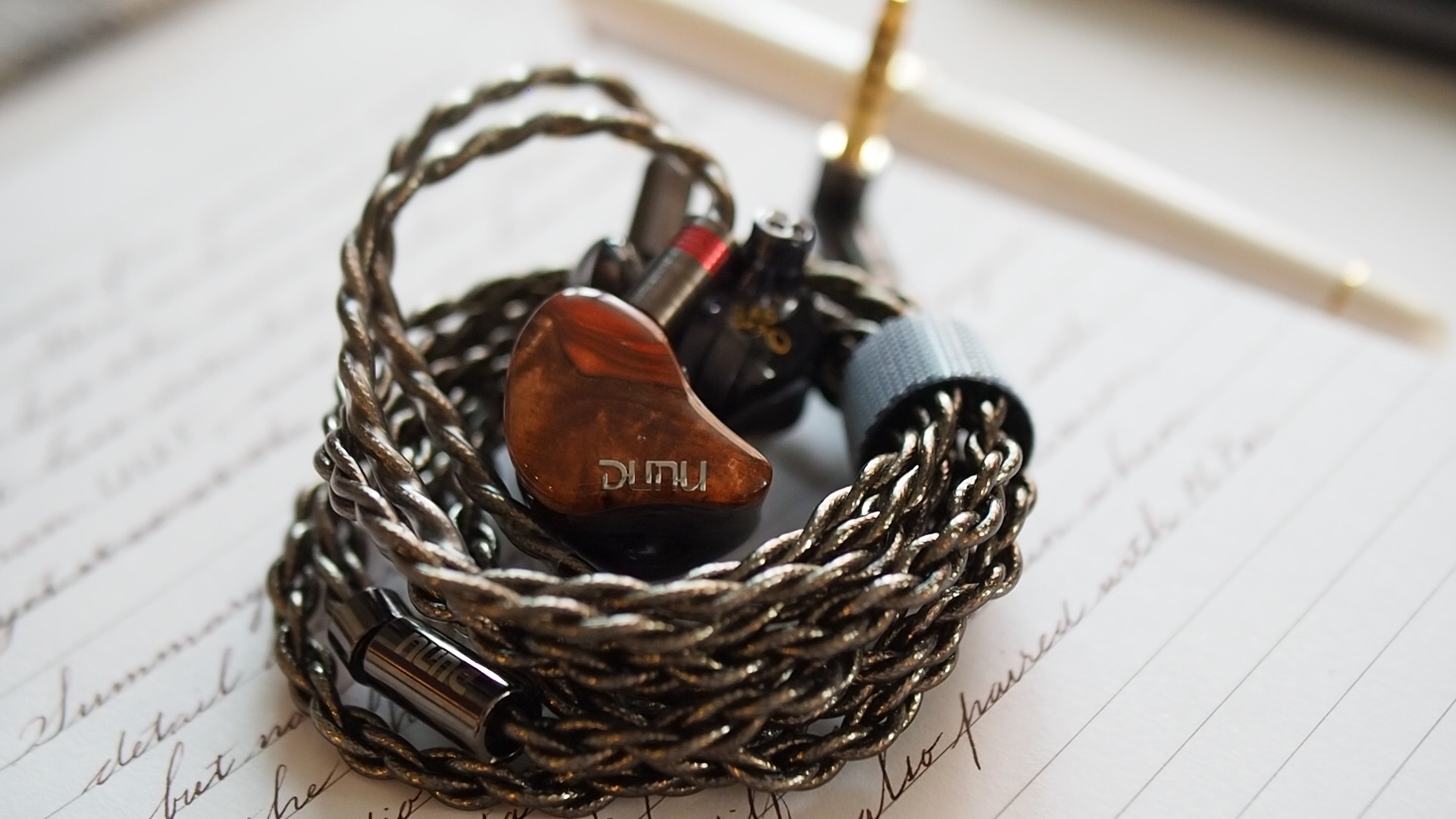
Strings and orchestras (Winter by Freivogel and Voices of Music): The tonality of all instruments leans slightly warmer compared to IEMs tuned towards the Harman or diffused field target, yet they still sound realistic and musical. The timbral accuracy of the SA6II enables differentiation between instruments, making it easier to track individual elements within the orchestra. The lead violin is rendered with vibrancy and brightness, yet devoid of any uncomfortable harshness. Cellos and basses exhibit proper weight, conveying a sense of authority and rhythm within the orchestra.
Drums and bass (Battle Bar): Drum hits and bass guitars receive emphasis on the SA6II. Even though SA6II have balanced armature (BA) woofers, the bass sounds more like it comes from dynamic drivers. Bass notes exhibit slightly softer attack and resonate longer compared to typical BA woofers, contributing to a weightier and more impactful bassline. At the same time, SA6II still maintains quick response to fast and dense basslines, a characteristic inherent to BA woofers. However, in terms of the “elasticity” or “bounciness” sensation of the bass, the SA6II falls slightly short of the best dynamic driver woofers.
Cymbals, hi-hats, chimes (Eye of the Tiger by Survivor): Cymbals and hi-hats are prominent in the mix with SA6II. These instruments sound crisp and energetic without being harsh or piercing, making it easy to follow their rhythm patterns. The decay of notes from cymbals and hi-hats is properly tapered, preventing a splashy sound.
Soundstage Imaging

Stereo imaging or “soundstage” is a psychoacoustic illusion that different recording elements appear at various locations inside and around your head. Your brain creates based on the cues in the recording, which are enhanced or diminushed by your IEMs, your DAC, and your amplifier. Some IEMs present a wide but flat soundstage. Some present a “3D” soundstage with layering, depth, and height. In rare cases, with some specific songs, some IEMs can trick you into thinking that the sound comes from the environment (a.k.a., “holographic”)
Soundstage imaging with music (One Winged Angel by the Danish National Symphony Orchestra): The SA6II offers a spacious and open soundstage that works well for large orchestral music, such as the test track. Its soundstage emphasizes width over depth, extending beyond the earpieces and even reaching my shoulders when instruments are positioned at the sides. The center of the soundstage tends to be slightly in front of me, creating a sense of the choirs playing in front rather than strictly inside my head. The SA6II also excels in layering, with instruments placed closer sometimes appearing to come from behind my ears or the back of my head. It excels at providing clear localization of instruments on the soundstage, indicating whether they are closer or further away. With the right DAC and amplifier, the SA6II can extend the outermost layer of the soundstage into the surrounding environment, occasionally giving the impression that the sound is coming from the room rather than the IEM itself. The SA6II’s main limitation lies in its sense of depth, which is not strong enough to create a 3D illusion for distant instruments compared to some top-of-the-line IEMs.
Soundstage imaging with games (CS GO Gameplay by Throneful): The wide but flat soundstage of SA6II becomes evident in FPS games like CS GO. The soundstage extends widely to the sides, placing gunshots and footsteps around the my shoulders. However, the sense of distance and direction is not strong when these sounds originate from the front. The soundstage imaging of the SA6II for FPS gaming is not impressive due to a lack of depth information, likely resulting from the midrange boost around 1.5kHz that pushes the midrange forward.
Resolution

Resolution is a fascinating subject due to the difficulty of pinning down what it really is. To me, “resolution” can be broken down into three components:
- Sharpness, incisiveness, or “definition” of note attacks (see the figure above).
- The separation of instruments and vocals, especially when they overlap on the soundstage.
- The texture and details in the decay side of the notes.
The first two give music clarity and make it easy to track individual elements of a mix. The last provides music details and nuances. Generally, a smooth frequency response and good drivers give the best resolution.
Clarity and Separation (One Winged Angel by the Danish National Symphony Orchestra): The clarity and separation of the SA6II are good without sounding artificially sharpened. Instruments are well-separated, even in busy orchestral compositions, making it relatively easy to track individual instruments. The sonic presentation of the SA6II is clear and detailed without “highlighting” instrument boundaries through exaggerated treble peaks. Personally, I prefer a bit more “edge” to the musical notes to enhance perceived clarity.
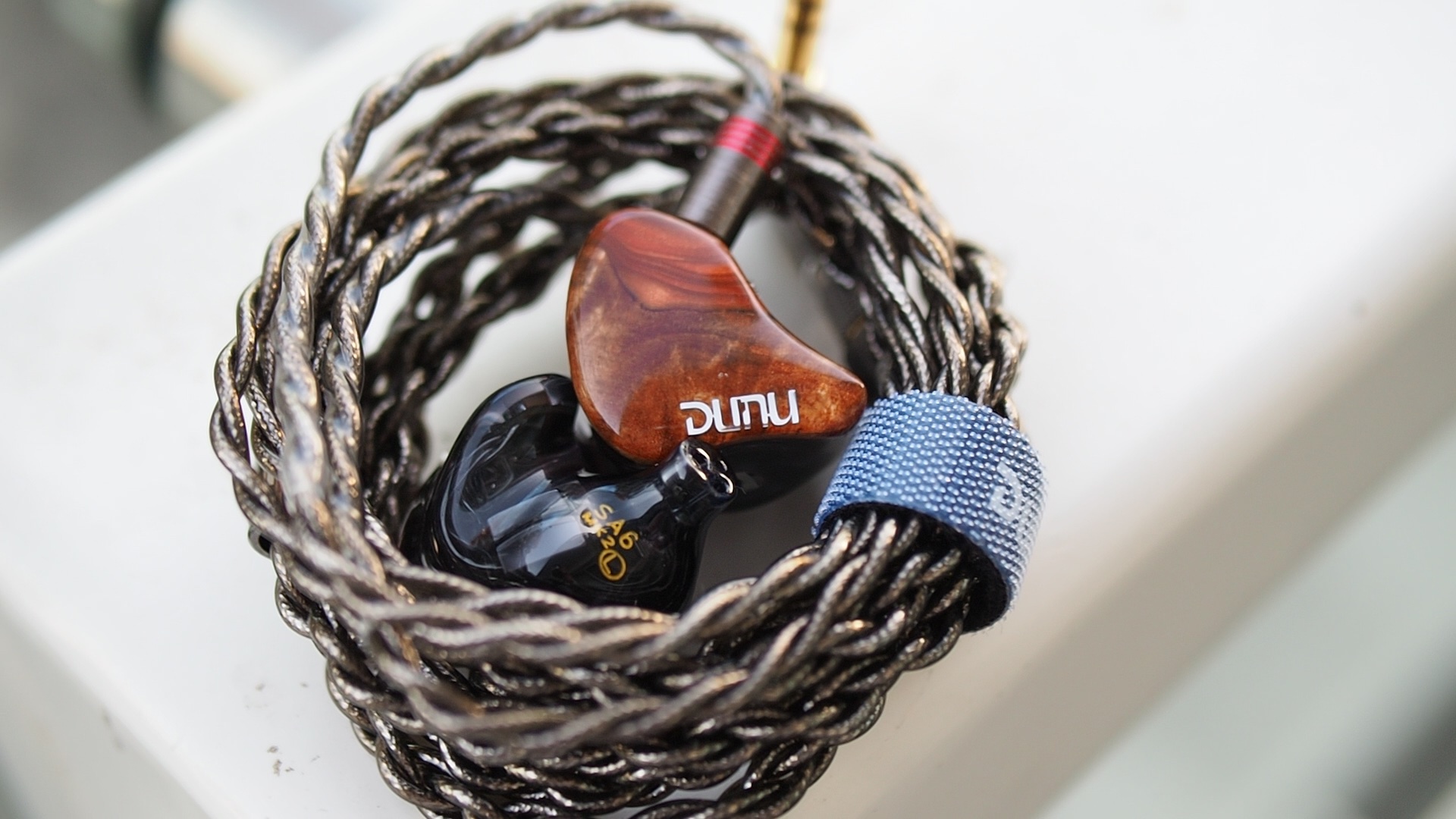
Detail retrieval (Paganini Caprice 24 by Daniel Lozakovich): The SA6II performs well in retrieving and presenting micro details, although it prioritizes smoothness and musicality over highlighting those details. The ability to extract and emphasize reverberation depends on the tuning option. With the default tuning, the “room sound” is not well-represented, but switching to the atmospheric mode strengthens the reverberation, creating a strong illusion of sitting in the recording space.
Source Pairing
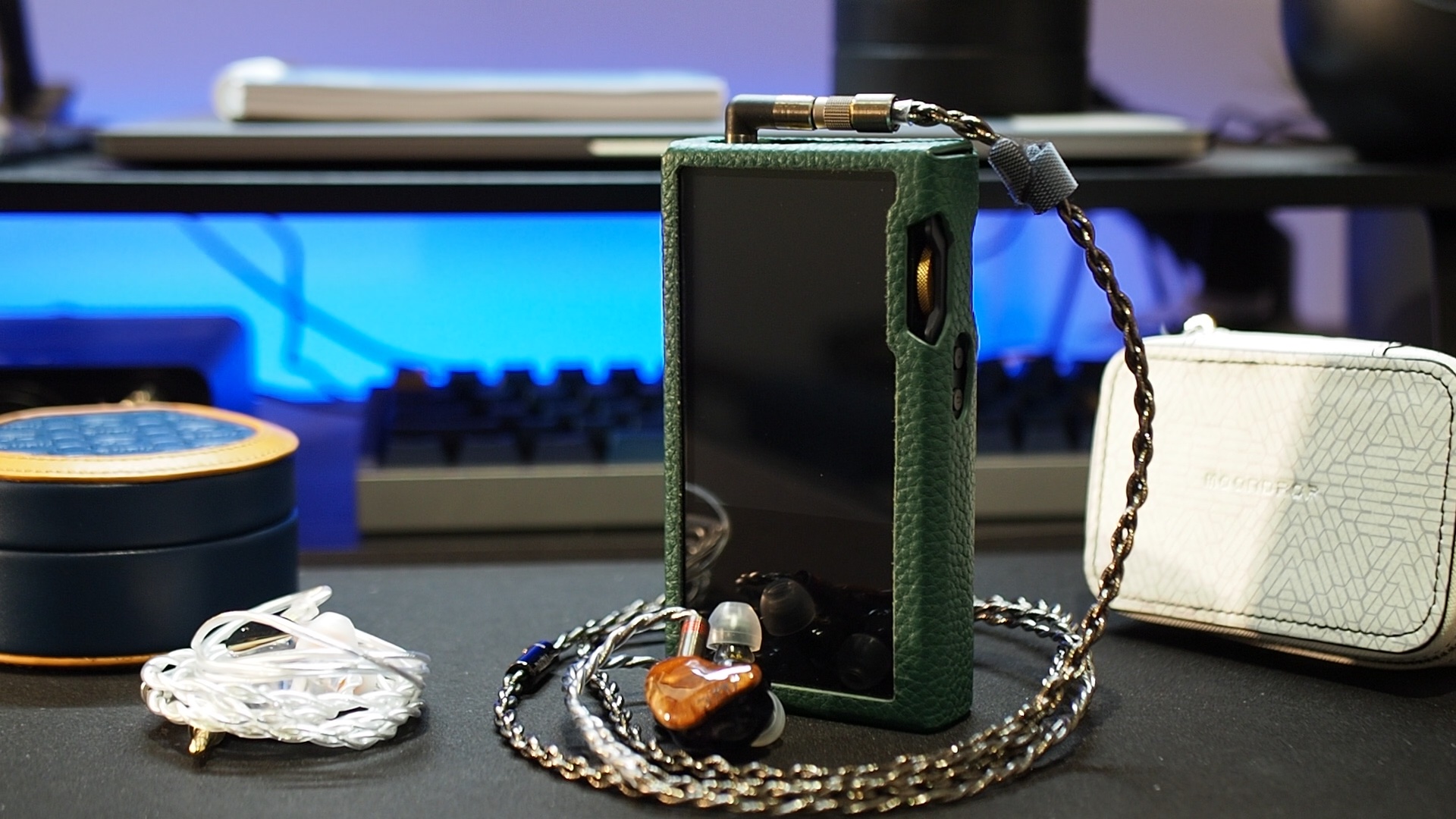
Test Track: One Winged Angel by the Danish National Symphony Orchestra
Average dongle (FiiO KA3): When paired with the KA3, the SA6II does not sound bad, but there is a noticeable loss of dynamics, bass, stage depth, and imaging accuracy compared to the reference setup. The drums sound weak instead of being a highlight, and the sense of rhythm and steady pulse of the the orchestra are diminished. The orchestra feels more compressed and lacking depth, with instruments seeming to exist on the same layer without a convincing illusion of distance.
Apple dongle: Surprisingly, the SA6II exhibits a stronger sense of depth and layering when paired with the Apple dongle compared to the KA3. The loss of dynamics and bass mentioned earlier also applies to this pairing. Given the cost and lower energy consumption of the Apple dongle, I would recommend sticking with the Apple dongle or considering to invest in a proper external amplifier rather than opting for a dongle DAC like the KA3.
Comparison and Rating
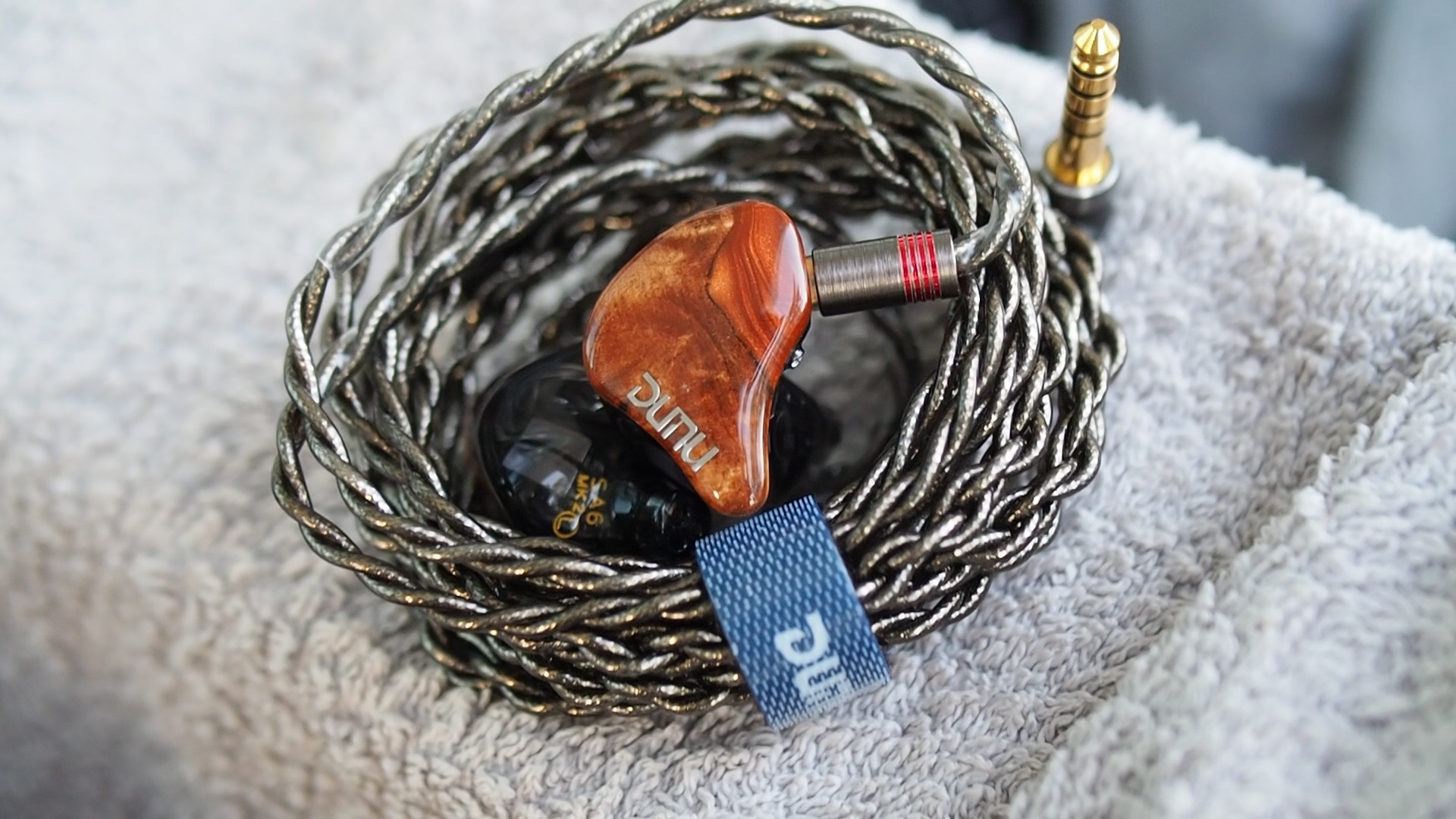
Tonality: 4/5 - Good
The SA6II offers a natural and musical tonality, with no instruments or vocals sounding strange or unpleasant. It avoids harshness and sibilance, while delivering strong bass that adds power and weight to the music. However, the default tuning mode of the SA6II can make the stereo image feel uncanny, and both tuning modes feature an early ear-gain boost at 1.5kHz, resulting in vocals and instruments being unnaturally forward and compromising the sense of depth and layering. Therefore, I consider SA6II tonality as “good”, not “outstanding.”
Percussion Rendering: Aria (3/5) < Blessing 2 (4/5) < U12T / E5000 (5/5) = SA6II (5/5)
The standout feature of the SA6II’s sonic performance is its bass. It follows a similar path to the U12T, providing snappy, dynamic, and controlled bass. The bass quantity falls somewhere between the controlled bass presentation of the U12T and the more bass-heavy approach of the E5000. It’s worth noting that the SA6II benefits from being paired with a proper external amplifier to unleash its full potential.
Resolution: SE215 (3/5) < Blessing 2 (4/5) = SA6II (4/5) < Andromeda 2020 (4.5/5) < U12T (5/5)
In terms of resolution, the SA6II performs well and would be considered good or even great by many. However, its weaknesses become apparent when directly compared to top-of-the-line IEMs like the Andromeda 2020 and the U12T. For example, in a performance of the Winter violin concerto by the Voices of Music ensemble, the Andromeda reveals crisper instrument separation, more nuances, and textures in the violin sound of the soloist compared to the SA6II. Therefore, while the resolution of the SA6II is good, it doesn’t quite reach the top-tier level.
Soundstage: SE215 (3/5) < Blessing 2 (4/5) < SA6II (4.5/5) < Andromeda 2020 (5/5)
The SA6II excels in soundstage and imaging, offering more depth and layering than the Blessing 2 IEM. However, it falls short of conveying the enveloping sensation of music wrapping around the listener like the Andromeda and the U12T. When placed alongside these exceptional IEMs, the SA6II feels more restrained and lacking in dimension.
Conclusion
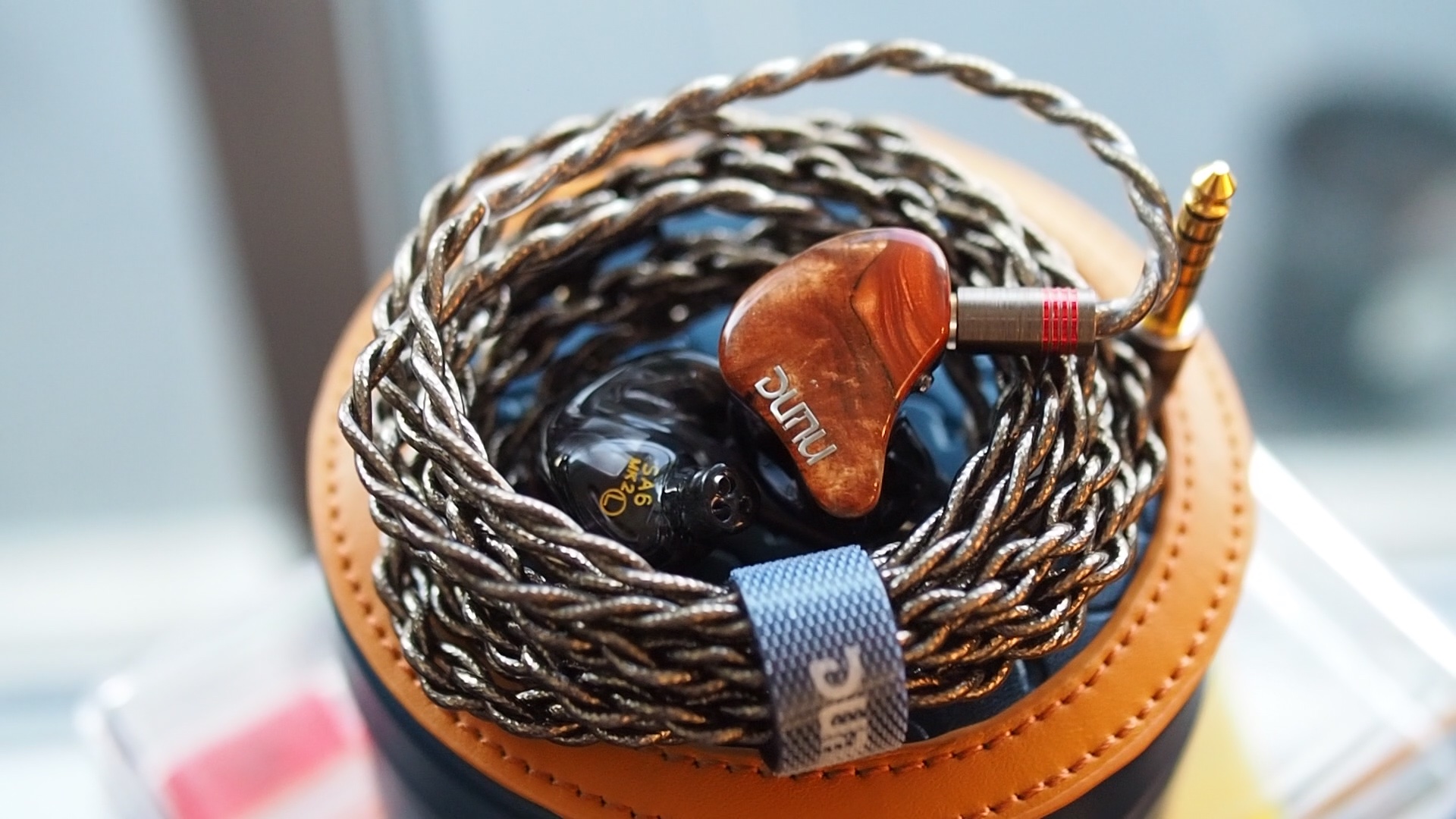
Similar to its predecessor, the original SA6, the SA6II embodies a quintessential mid-fi IEM. It comes with high-quality accessories, boasts a beautiful design, and provides a comfortable fit. The tonality of the SA6II is natural and pleasant across various genres, offering a refreshing departure from the typical Harman target sound. It also delivers respectable resolution and soundstage performance to complement its tuning. The limitations of the SA6II become noticeable only when scrutinizing the soundstage and comparing it to much more expensive high-end IEMs.
Who is the SA6II suitable for? It may not be the ideal choice for those seeking the most detailed sonic presentation or a bass-heavy sound. It also falls short if one desires the holographic soundstage found in high-end IEMs like the Andromeda. However, the SA6II is a good option for those who desire a natural tonality, appreciate some bass presence without sacrificing midrange clarity, and seek a good level detail and clarity without sacrificing a smooth and pleasant listening experience. Ultimately, the SA6II is a solid choice for individuals looking for a high-end IEM that delivers both in looks and sound quality, without the exorbitant price tag.
Pros:
- Beautiful design and comfortable fit
- Excellent accessories
- Natural and pleasant tonality
- Good bass
- Good resolution
- Good soundstage and imaging
Cons:
- The soundstage lacks a bit of depth
- Smooth presentation can hide some details

